It is common practice to parallel a bunch of capacitors of small values for noise suppression; each value suppresses a different frequency band. The values are typically provisioned in decades, e.g. 0.001µF (1nF), 0.01 µF (10nF), 0.1 µF (100nF) etc. For high-frequency devices like cell radios, you will see caps in the pF range.
However it is also common to parallel capacitors of higher values, either electrolytic or tantalum. This is done for several reasons. First, the value you want may not be available, but a smaller value that can be paralleled is. Or maybe the larger value isn't available in the tolerance you want, and again you can get that in a smaller value.
Then there are price considerations. Depending on a how common the value is, a larger value cap may actually cost more than twice what two smaller caps cost.
And finally, there are size considerations, particularly on a board with SMT devices. The manufacturer recommended adding 2000µF to a 3.6V rail going into a cell module. First of all, a single 2000µF tantalum cap wasn't available, just 2200µF. But it was actually bigger than two 1000µF caps, and cost more than the two smaller ones together. So I used two 1000µF capacitors.
